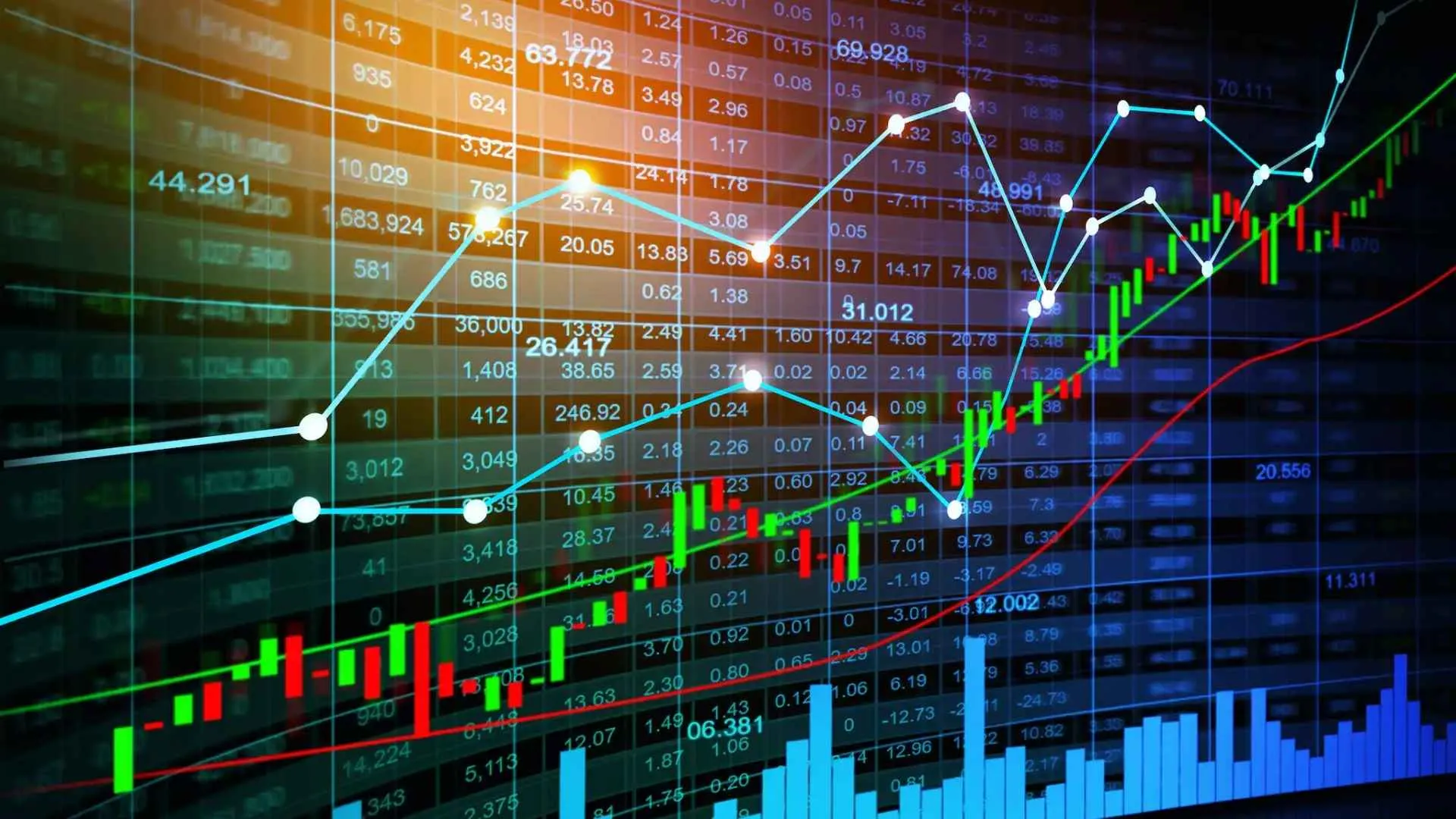The U.S. stock market is reeling after a chaotic week that saw major indexes plunge, oil prices tank, and fears of a looming recession bubble to the surface—all sparked by a fresh wave of aggressive tariffs announced by former President Donald Trump.
Futures opened Sunday night in the red, continuing the downward trend from last week, though the losses have since moderated. Still, anxiety remains sky-high across Wall Street as investors try to make sense of what comes next.
A Week of Market Carnage
Last week’s market performance was nothing short of brutal.
The Dow Jones Industrial Average dropped a stunning 7.5%, shedding nearly 3,910 points in just two days. The S&P 500 plunged 9.1%, while the Nasdaq composite suffered a 10% loss, both hitting their lowest levels in nearly a year.
The Russell 2000, which tracks smaller companies, fell 9.7%, pushing it into bear market territory, a term used when a market is down 20% or more from its recent peak. The Nasdaq also officially entered bear territory.
And it wasn’t just tech or small caps. Virtually every corner of the market bled red. Defensive plays like gold, utilities, and even household names like McDonald’s and T-Mobile got hit. No sector was safe.
Trump: “Not Intentionally Engineering” a Sell-Off
In a Sunday evening interview, former President Donald Trump addressed the chaos, saying, “I’m not intentionally engineering” a market sell-off, but added, “Sometimes you have to take medicine.”
His comments followed last week’s shock move: a baseline 10% tariff on all U.S. trading partners, starting Saturday, with even higher country-specific tariffs set to begin April 9.
Trump emphasized he wouldn’t strike any new trade deals unless the U.S. eliminated bilateral trade deficits, a goal that economists say could prove nearly impossible.
“This Is a National Emergency”
Earlier on Sunday, Trump trade adviser Peter Navarro rejected Vietnam’s offer to cut U.S. tariffs to zero.
“This is not a negotiation. This is a national emergency based on a trade deficit that’s gotten out of control because of cheating,” Navarro told Fox News. He argued that non-tariff barriers had led to unfair trade advantages for other countries.
Meanwhile, Treasury Secretary Scott Bessent tried to calm recession fears: “I see no reason that we have to price in a recession.” He also dismissed the market meltdown, saying, “The market consistently underestimates Donald Trump.”
Fed and Banks Weigh In
Even Federal Reserve Chair Jerome Powell acknowledged the uncertainty, saying Friday that he’s waiting for more “clarity” on how these tariffs might impact economic growth and inflation.
While Powell signaled no immediate interest rate changes, analysts are bracing for the Fed to cut rates starting in June. JPMorgan’s chief U.S. economist Michael Feroli now predicts a recession could hit as early as 2025, citing the tariffs as the tipping point.
Futures Point to More Turbulence
As of Sunday night:
-
Dow Jones futures dropped 2.1%
-
S&P 500 futures slid 2.5%
-
Nasdaq futures tumbled 3.2%
However, all three had bounced somewhat from their deeper Sunday evening lows.
Elsewhere, the 10-year Treasury yield fell to 3.95%, and crude oil dropped another 2%, bringing prices to about $60 per barrel—their lowest since 2021.
China Hits Back
In response to Trump’s tariffs, China announced a new wave of retaliatory tariffs on Friday, further stoking tensions and rattling global markets.
Asian markets, which were closed Friday, opened sharply lower on Sunday night, signaling more pain could be coming for U.S. investors on Monday morning.
Analyst Cuts and Investor Panic
Some of Wall Street’s biggest names are also rethinking their outlooks.
Wedbush analyst Dan Ives, a long-time Tesla supporter, cut his price target for TSLA by 43% to $315, blaming Trump’s tariffs and growing brand troubles. He also slashed his Apple price target by 23% to $250, though he still sees upside in the long term.
In a sign of just how deep the fear runs, the CBOE Volatility Index (VIX)—often called Wall Street’s “fear gauge”—shot up to its highest close since 2020.
ETFs and Sectors Crushed
Nearly every major ETF was slammed:
-
Innovator IBD 50 ETF (FFTY): down 10.5%
-
VanEck Semiconductor ETF (SMH): down 14.8%
-
ARK Innovation ETF (ARKK): off 13.9%
-
SPDR S&P Metals & Mining ETF (XME): fell 14.4%
-
U.S. Global Jets ETF (JETS): dropped 14.5%
Even sector funds that usually hold up in tough markets, like healthcare and utilities, weren’t spared.
What’s Coming This Week
Looking ahead, all eyes are on the March CPI and PPI inflation reports, which could show early signs of tariff-related price pressures. The University of Michigan’s consumer sentiment index on Friday will also be closely watched, particularly its read on inflation expectations.
Big names like JPMorgan Chase, Wells Fargo, and Delta Air Lines will report earnings this week, potentially giving investors a glimpse into how consumers and businesses are coping.
Taiwan Semiconductor will also release sales data, with a more detailed earnings report expected next week.
What Should Investors Do Now?
Right now, most analysts agree: it’s time to be extremely cautious.
Many experts are recommending that investors stay in cash, avoid making big moves, and focus on building watchlists for when the market eventually stabilizes.
While some charts still show relative strength, they are few and far between. And as the saying goes, some of the biggest daily gains in market history come during bear markets—making them dangerous traps for the overly eager.






















